Researchers have developed a novel antidote to treat hydrogen sulfide poisoning. It is hoped that this innovation will save the lives of workers and rescue personnel.

Hydrogen sulfide is an extremely toxic gas and ranks second only to carbon monoxide as a cause of inhalation deaths. It poses severe risks to individuals working in environments such as sewerage systems and mines. Its high toxicity stems from its strong binding to the haem-containing cytochrome c oxidase enzyme, disrupting cellular aerobic respiration.
A team at Doshisha University in Japan created the novel therapeutic using artificial haem-model compounds that have a higher affinity for sulfide than human haem. ‘We are trying to synthesise biomedical compounds to mimic the haemoglobin function like the oxygen binding,’ explains Hiroaki Kitagishi, lead author of the paper. This work builds on previous research, led by Kitagishi, which identified two complexes that successfully treated carbon monoxide and hydrogen cyanide poisoning in mice.
The team found that one complex had a very high affinity for hydrogen sulfide under normal physiological conditions – almost 10 times higher than that of human haemoglobin. The researchers dubbed their iron porphyrin complex hemoCD and it was found to bind hydrogen sulfide and break it down into nontoxic sulfite and sulfate ions following radical reactions with oxygen. They tested their findings in mice exposed to hydrogen sulfide with very promising results – the survival rate went from 20% to 80%. Respiratory activity in the brain and heart also returned to normal after poisoning. ‘Here the concern was mainly reducing mortality … when this novel drug was given it was significant,’ comments Wilson Rumbeiha, a toxicologist at University of California, Davis. ‘The animal was still able to utilise its cytochrome aerobic metabolism.’
The complex was also found to be excreted in the mice’s urine without undergoing any chemical decomposition in their body, demonstrating biocompatibility and safety. ‘Fortunately, hemoCD is not metabolised in the body … we do not need to worry about where and how the residual compounds accumulate in the body,’ says Kitagishi. He adds that their molecule can work as an antidote to multiple gaseous poisons including carbon monoxide, hydrogen cyanide and hydrogen sulfide. ‘The toxic mechanism binding to haemoglobin is similar in all three gases,’ he explains. ‘And our compound is very good as a scavenger for them.’ The HemoCD system is stable and storable in both powder and solution form demonstrating potential for a ready to use antidote system.
Kitagishi is optimistic about translating the research into a treatment. ‘We need to optimise the synthetic route and we need to improve the safety tests using mice and other animals,’ he says. His plan is to create a startup to further develop their compound.
Rumbeiha agrees that challenges remain. ‘The bottom line is that there is no drug right now that is approved [for this purpose],’ he notes. ‘And there is a need, [but] the challenge is that this is an animal experiment and I think it is just too early to be conclusive about the potential use of the [antidote].’
References
A Nakagami et al, Sci. Rep., 2024, 14, 29371 (DOI: 10.1038/s41598-024-80511-1)



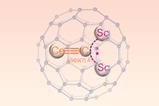

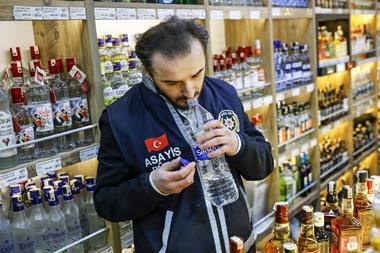


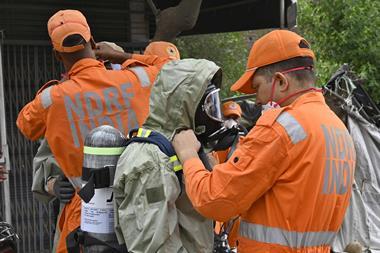
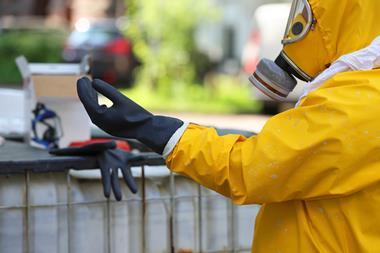
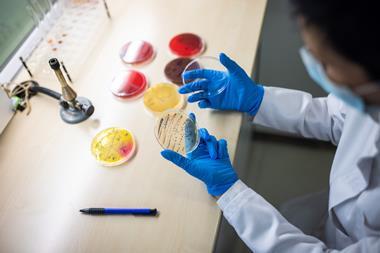

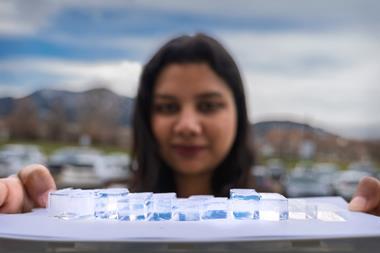

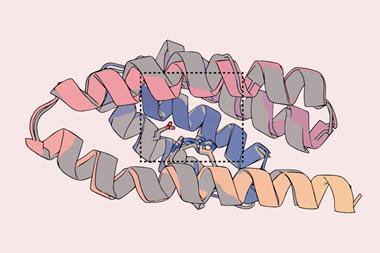

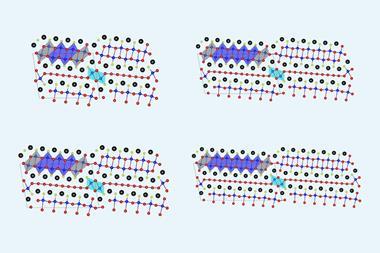
No comments yet